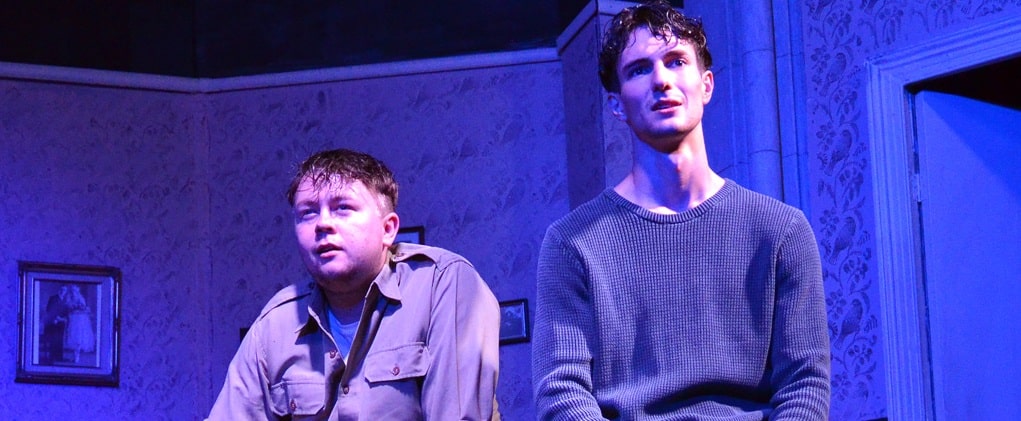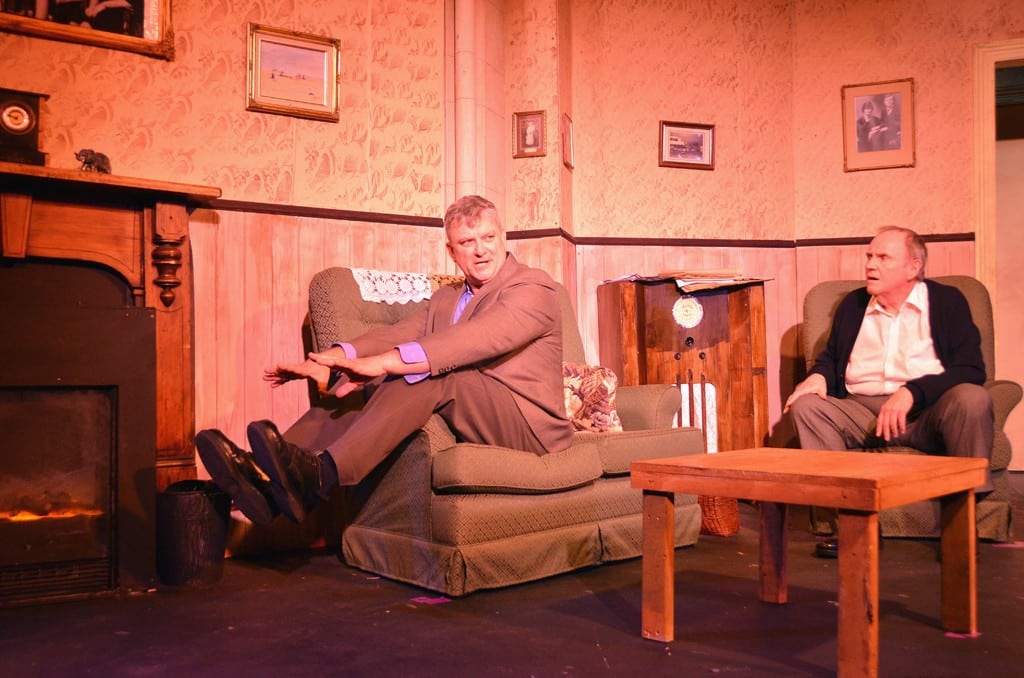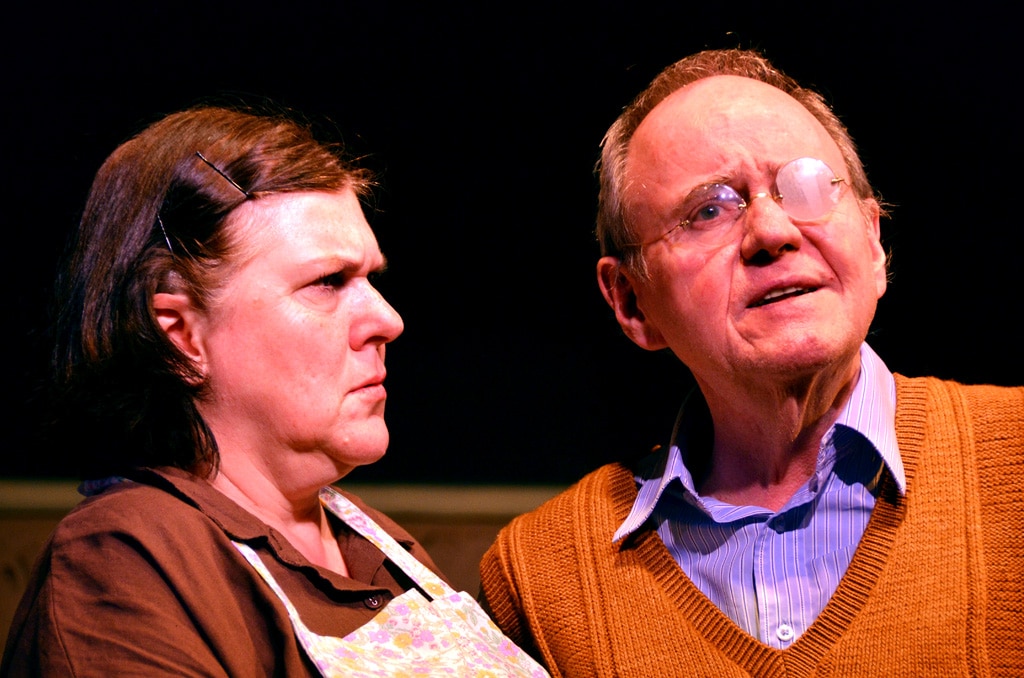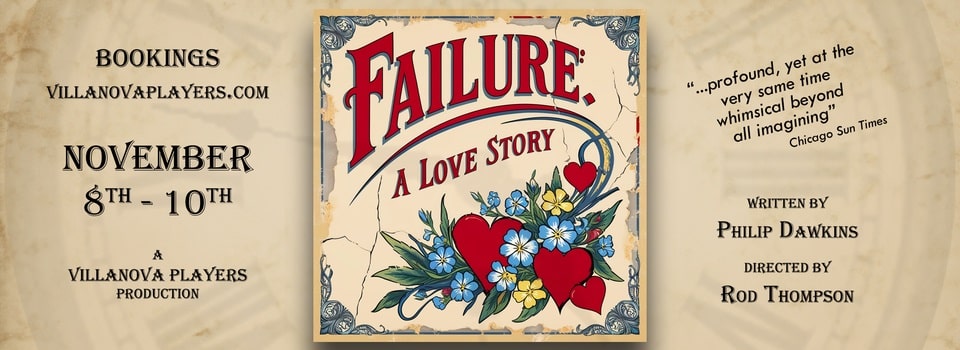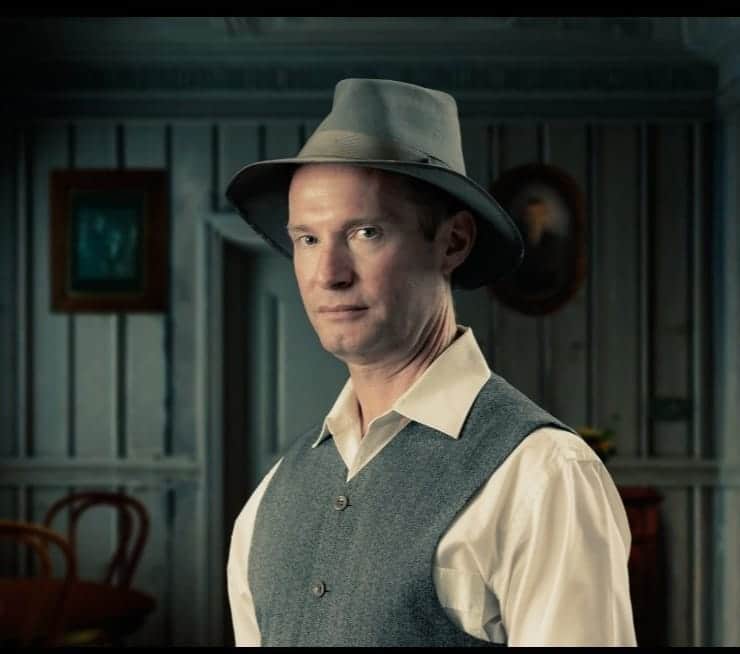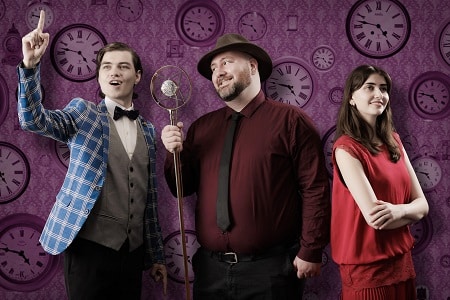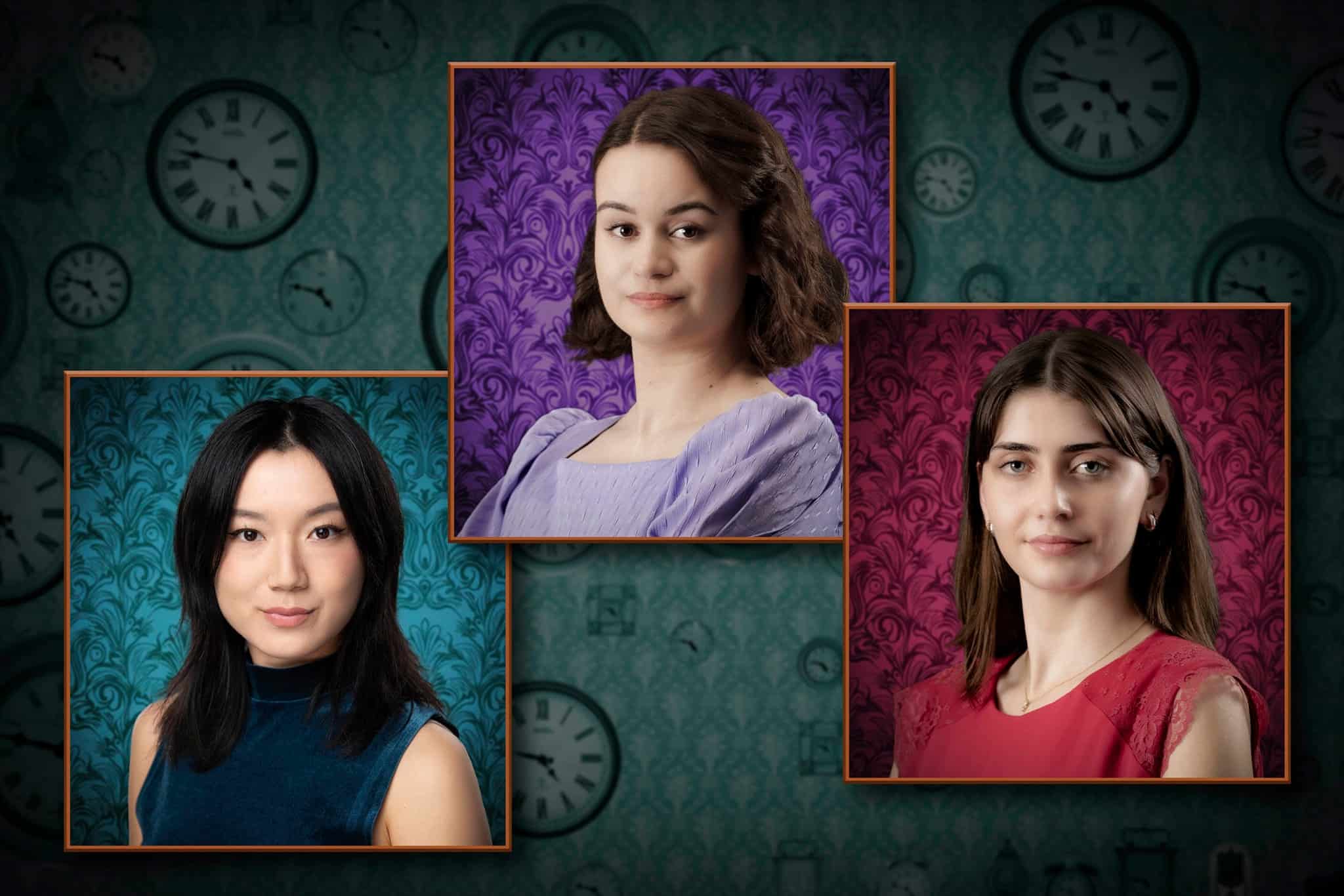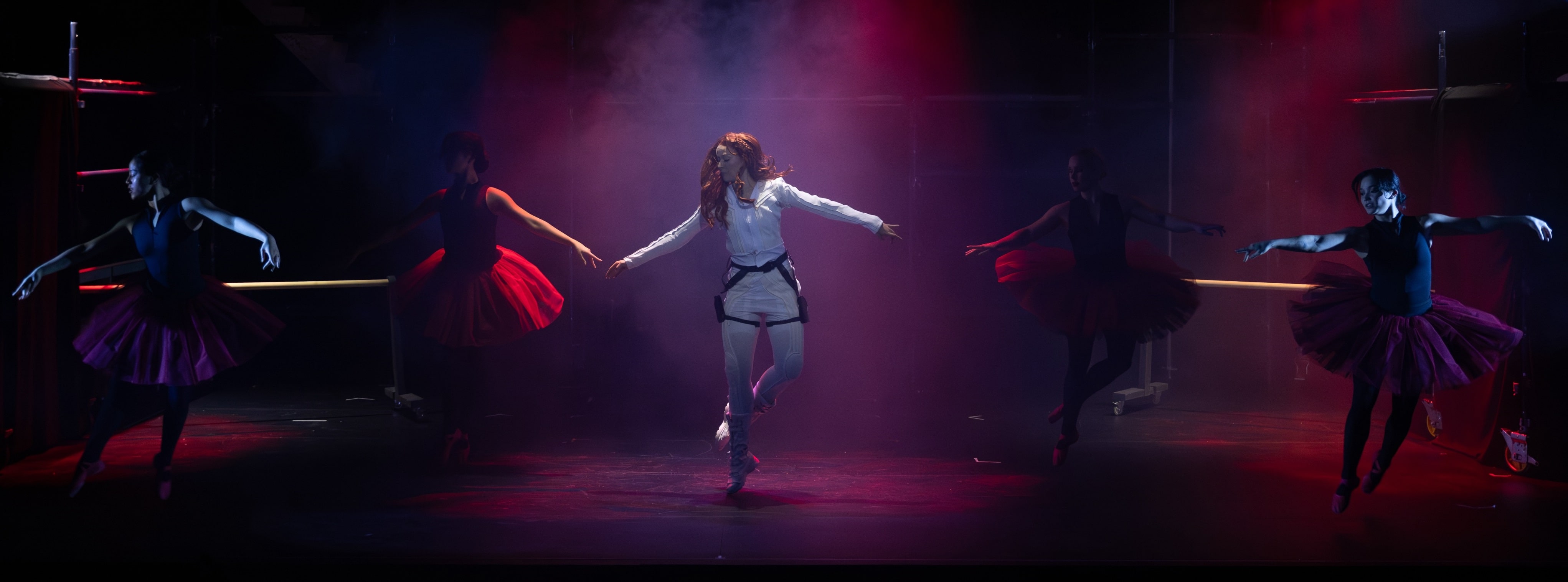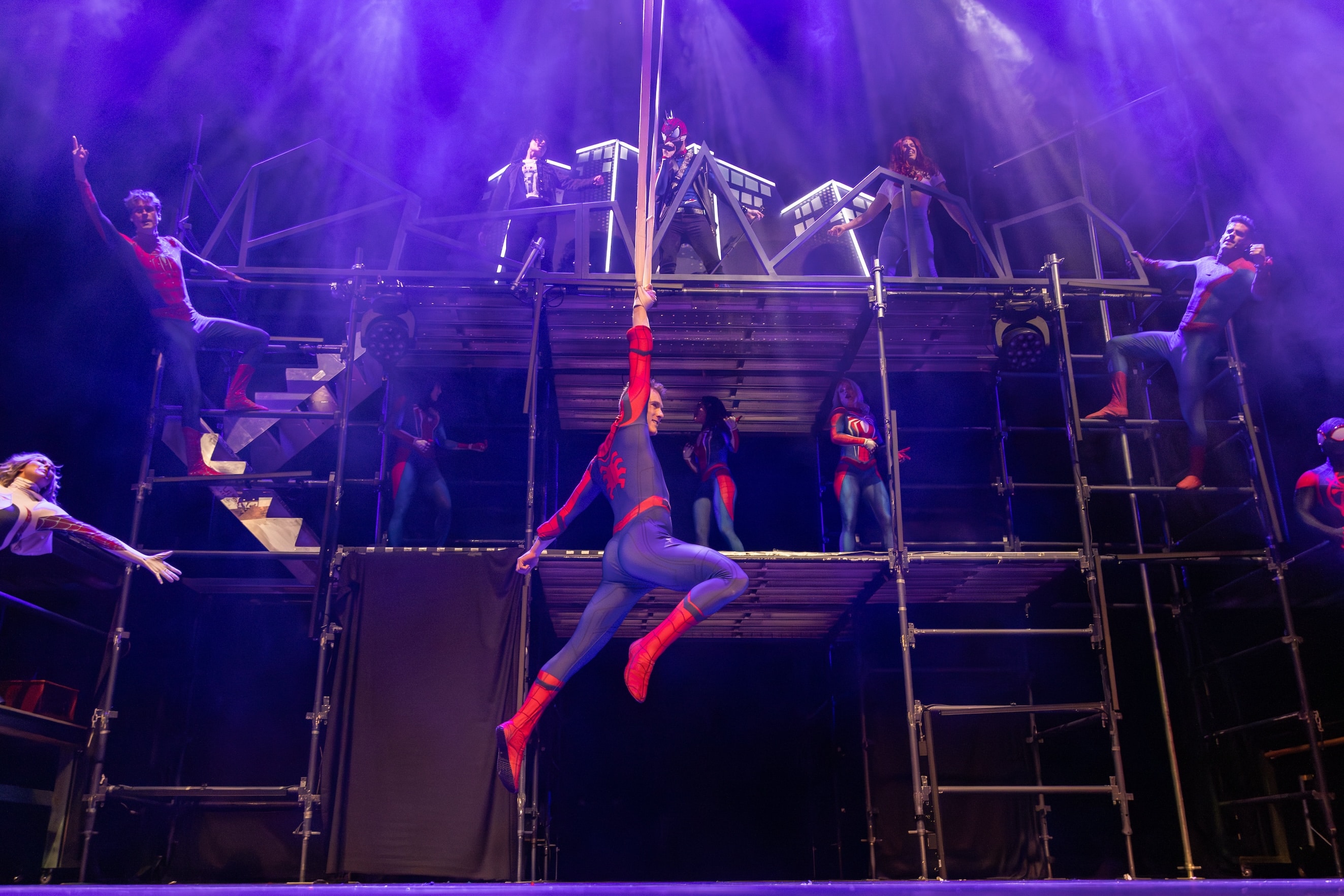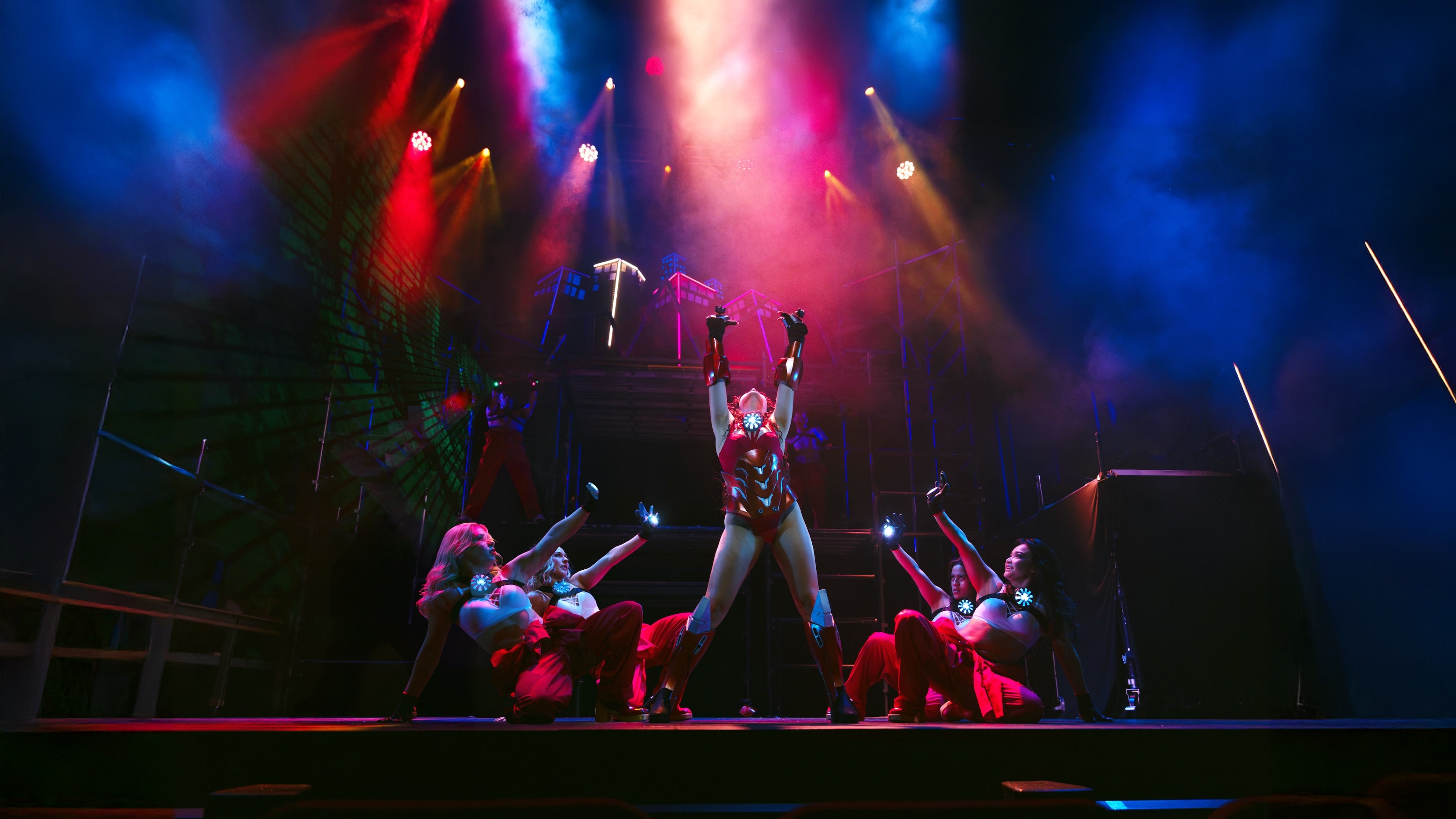The Butterfly Club has once again been set alight by brilliantly talented performers as part of the final season of Madwoman Monologues.
The show is produced by female-oriented theatre company Baggage Productions. Founded in 1999, Baggage Productions has staged Madwoman Monologues every year since 2011, bringing together actors, directors, and creatives from the Melbourne region.
Programme One of this season’s Madwoman Monologues sees six monologues encompassing loss and heartbreak as an overwhelming theme.
Opening with ‘Moll’s Wighty Task’ performed by Melina Wylie, the audience welcomes her abundant technical skill and dedication to character. Following the story of a widowed Englishwoman, Wylie explores hilariously absurd ideas with bold confidence, before slowing the monologue down toward its grief-stricken cornerstone. Between detailed costuming and carefully placed accenting Wylie’s monologue was able to leave a lingering shadow throughout the night.
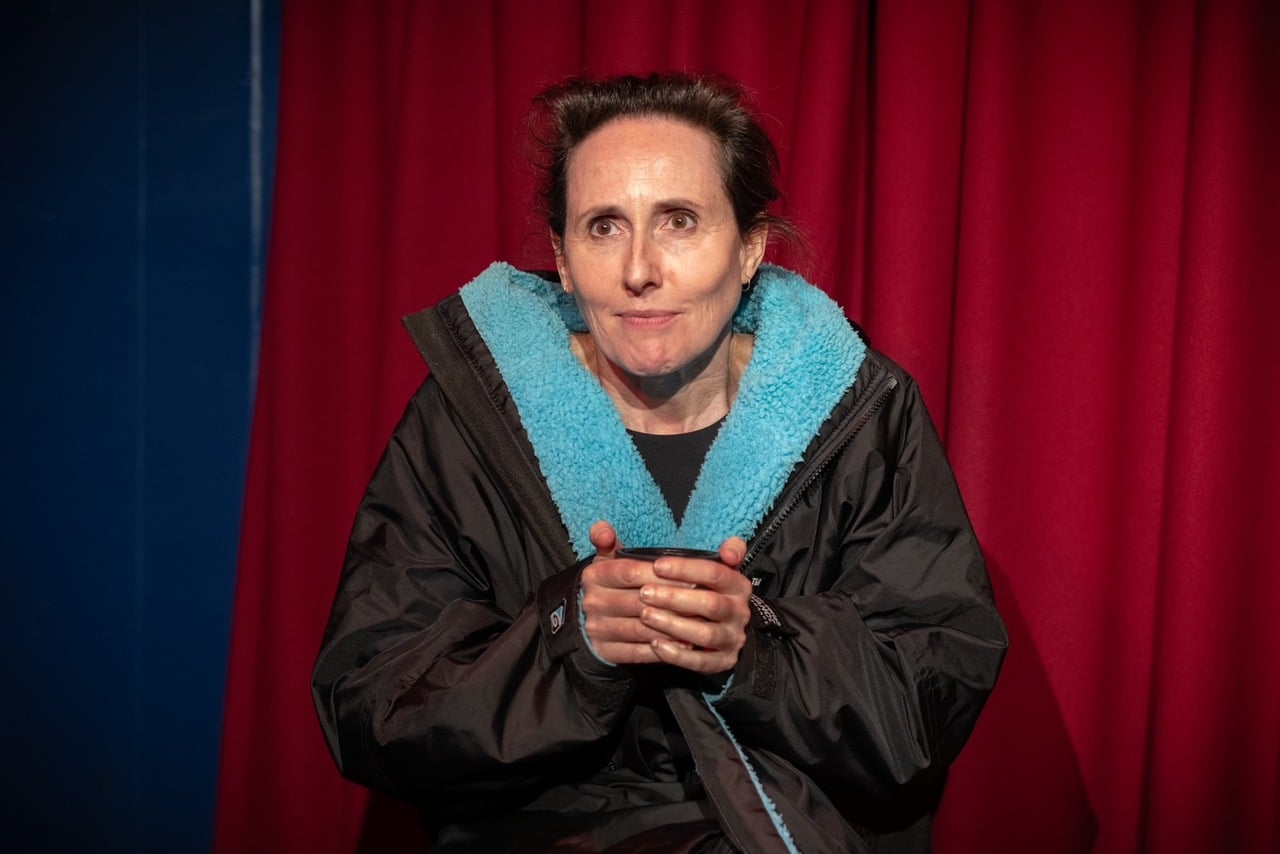
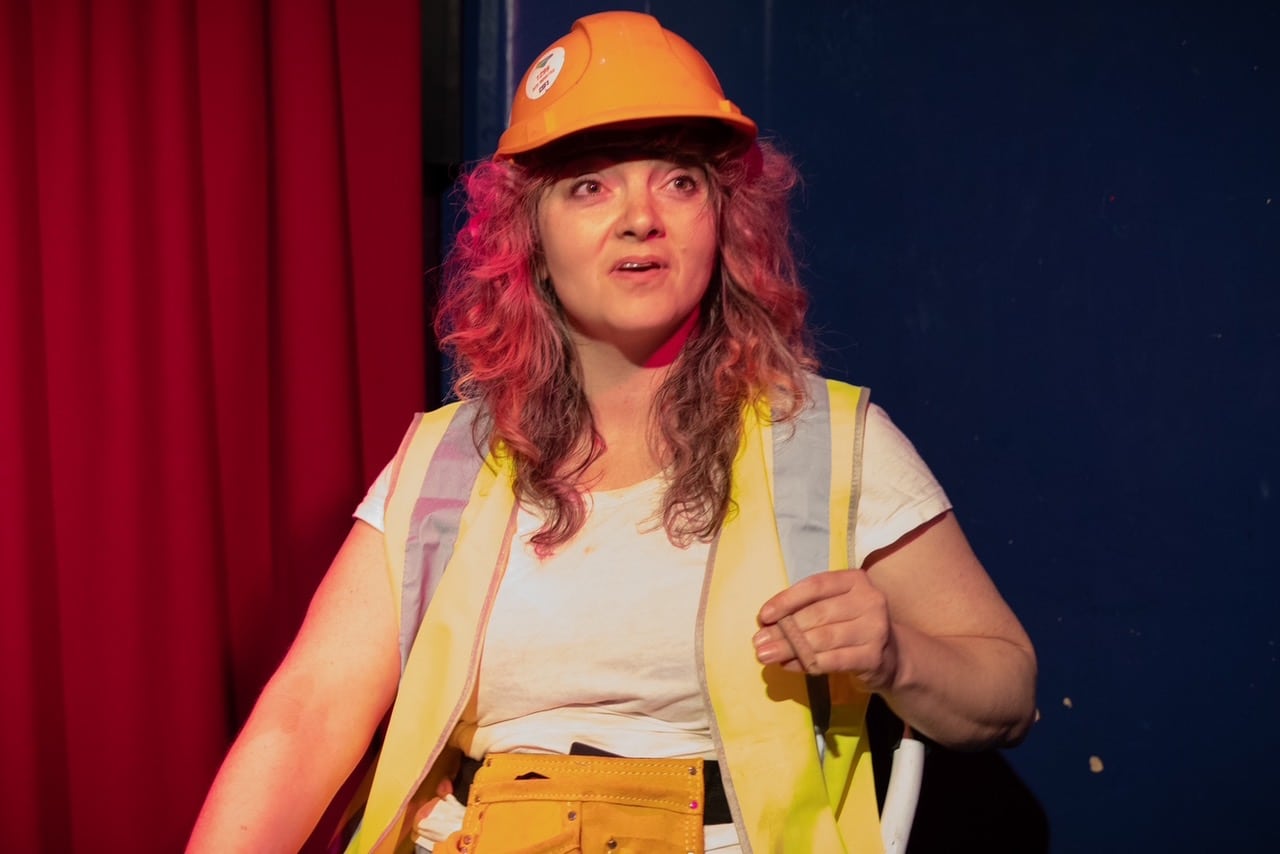
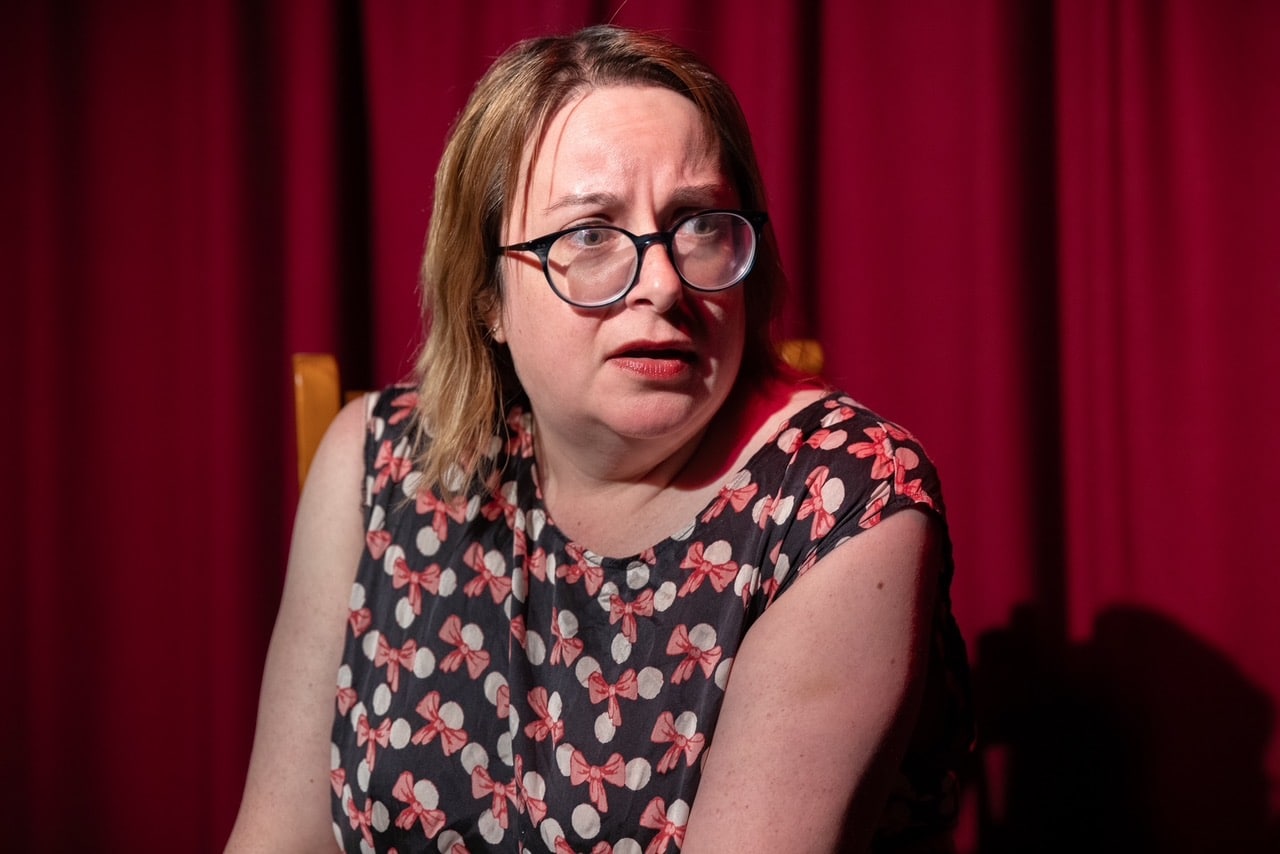
‘Scrub’ written by Louise Hopewell is performed by Kate Mulqueen. The successive monologue offers an effective contrast as the audience follows the story of a millennial-aged woman beginning a new job on a construction site after losing her partner to an affair. The script offers an abundance of hilariously put profanity, with supportive use of props and stage design adding to an indulgent use of characterization. Mulqueen’s performance is heartening, relatable, and soul-bearing as she intertwines the tragic loss of family members throughout her story.
Alice Daly took to the stage next with her performance of ‘Buttered Toast’ by Isabella Gilbert. Gilbert’s stunning script paired with Alice Daly’s committed performance made for a highlight of the night. Audiences were entertained with Daly’s dictation of a hilariously awkward first date, and charmed by her commitment to numerous comedic demands.
‘Anything’s Possible’ performed by Phoebe Taylor, written by Adele Shelley earned a wave of praise from the audience. Her story follows the chaotic life of a mother wiggling her way out of an inconvenient run-in with a police officer. Taylor pools humor and lively storytelling together to create one ever-relatable monologue.
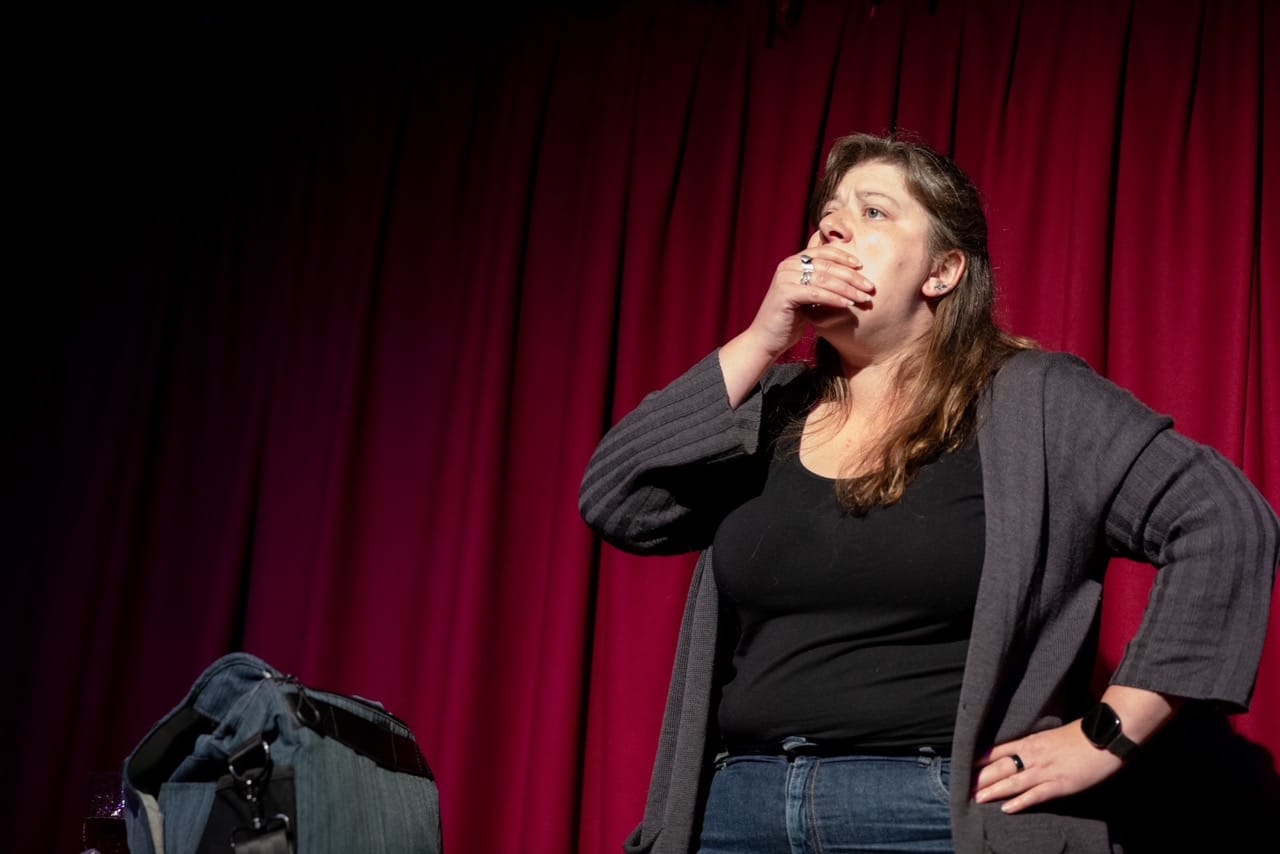
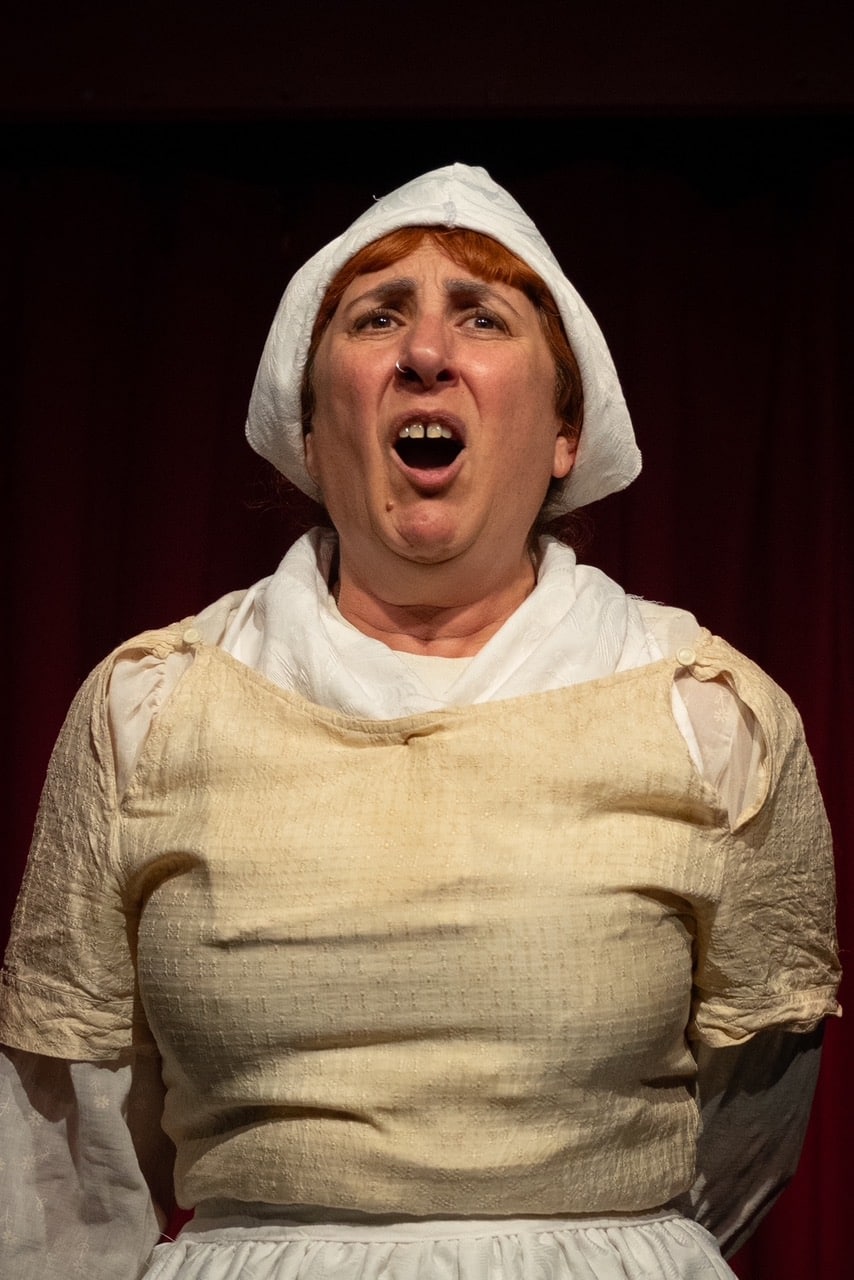
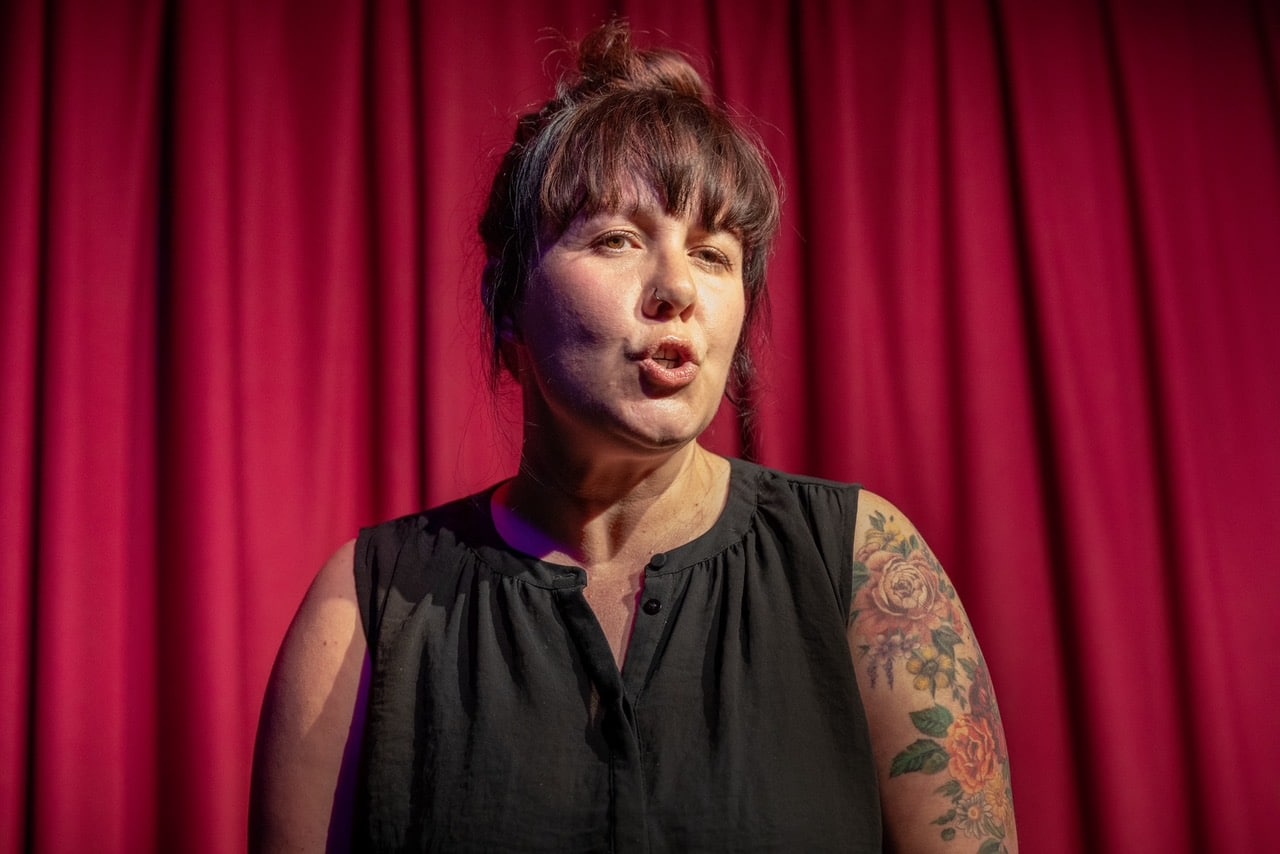
The evening was halted by a sweeping performance of ‘Hole’, written by Sarah Durickovic and performed by Melanie Madrigali. The profoundly emotional monologue featured a well-crafted representation of a woman suffering tragic loss and deep sorrow. Madrigali delivered an emotionally charged series of thoughts with utter devotion, despite the direction of the monologue being at first unclear.
Co-founder of Baggage Productions and esteemed actress Christina Costigan closed the program with ‘ICDHT’ written by Kate Rotherham. ‘ICDHT’ tells the story of a mother dealing with heartache through cold morning swims, as advised by her therapist. Her story is hilariously bold, inspiring, and gripping as she commits with total devotion to her character.
The annual Madwoman Monologues are particularly special for they are written by women and performed by women. Each monologue explores grief and loss, comedy, and the charm of small wins in the lives of everyday women. The production brings together communities of actresses, creatives, and audiences to appreciate female talent in writing and drama. Madwomen Monologues is a more than pleasant way to spend a low-key night in Melbourne CBD.
Book in now for one of the remaining session dates/times @ https://thebutterflyclub.com/show/madwomen-monologues
Remaining Shows
Wednesday 13 November 2024 7:00pm
Wednesday 13 November 2024 8:30pm
Thursday 14 November 2024 7:00pm
Thursday 14 November 2024 8:30pm
Friday 15 November 2024 7:00pm
Friday 15 November 2024 8:30pm
Saturday 16 November 2024 7:00pm
Saturday 16 November 2024 8:30pm

